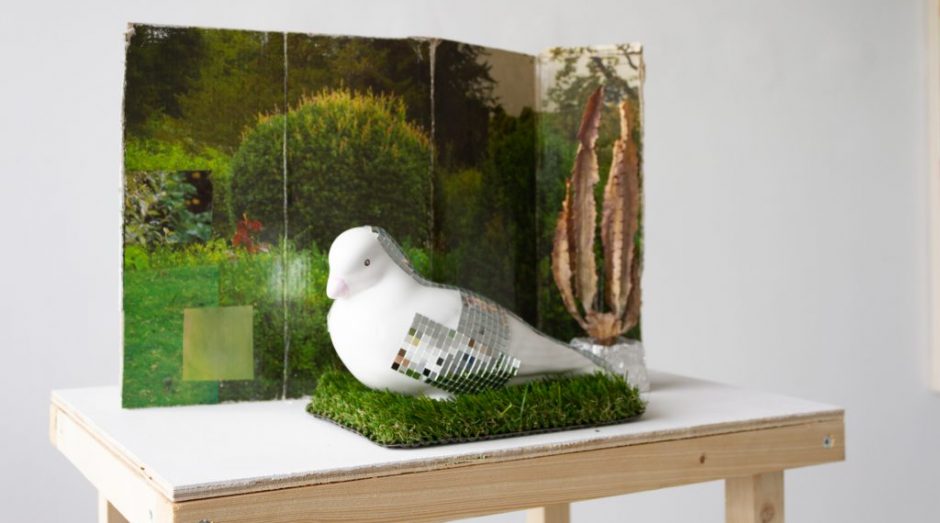
*Image showing the varied student starting positions for their ‘race’ (Channel 4. (2020))
In his TEDx talk, Aman Sadiq questions the effectiveness of diversity training, he points out that these trainings often do more harm than good. Rather than embracing the complex nature of real identities and lived experiences, diversity training frequently relies on stereotypes, and a narrow, predominantly Western perspective on inclusion. (Sadiq, 2023). Sara Ahmed also dismantles the contradictions of diversity training – writing that ‘the very talk about diversity allows individuals to feel good, creating the impression that we have “solved it.” Diversity thus participates in the creation of an illusion of equality, fitting in with the university’s social mission…’ (Ahmed, page 71, 2012).
Sadiq reminds us that history is always taught from a certain perspective and it’s important to remain aware of whose history we are teaching. Are we amplifying the voices of the colonised, or echoing those of the colonisers? Education shapes our understanding of the world, and when it presents only a single narrative, it limits students and reinforces existing biases.
Joanna Orr adds caution against inclusion efforts that restrict language to the point of suppressing free speech. This concern is particularly relevant in higher education, where intellectual openness is so important. Without room for honest, and at times uncomfortable dialogue, we risk building new barriers instead of dismantling old ones. (Orr, 2022).
An important example of why all of this matters is shown in Channel 4’s The School That Tried to End Racism. In the clip, a class of young students line up ready to compete in a race. However, the starting position of each student is determined by a series of questions that highlight the way that racism creates unequal advantages and disadvantages within society. ‘People often confuse white privilege to being wealthy or being rich – and it isn’t about that. What it’s about is the absence of having to live with the consequences of racism.’ (Channel 4, 2020). Watching young students grapple with this realization is both heartbreaking and powerful. The exercise resonates with our PgCert conversations about closing the awarding gap, highlighting how deeply rooted these issues are and why addressing them requires systemic change across both student and staff populations. I really appreciated the embodied quality of this exercise, bringing back the point about the power of lived experience over abstract theory.
Some things that I will take away when moving forward: first, the importance of sharing stories. Classrooms should include a variety of voices and sources, moving beyond the textbook to reflect a broader, more inclusive range of perspectives, and visual representations of what success looks like. We must stay open, ask questions, and not shy away from discomfort! True inclusion also means stepping outside our own social bubbles and forming genuine connections and friendships.
References:
Ahmed, S. (2012). On Being Included: Racism and Diversity in Institutional Life. Durham, N.C. ; London: Duke University Press.
Sadiq, A. (2023) Diversity, Equity & Inclusion. Learning how to get it right. TEDx [Online}. Youtube. 2 March. Available at: https://www.youtube.com/watch?v=HR4wz1b54hw
Orr, J. (2022) Revealed: The charity turning UK universities woke. The Telegraph [Online]. Youtube. 5 August. Available at: https://www.youtube.com/watch?v=FRM6vOPTjuU
Channel 4. (2020) The School That Tried to End Racism. [Online}. Youtube. 30 June. Available at: https://www.youtube.com/watch?v=1I3wJ7pJUjg

Hi Ella,
I was very struck by the quote you have from Sara Ahmed here, which echoes my recent experience at mandatory UAL anti-racism training. Whilst the training session was well presented and delivered I learned that no senior management have undertaken the training themselves. I also found that there was not an emphasis on embedding the principles of anti-racism in the curriculum, rather providing an introduction and beginning a conversation between colleagues. It occurred to me it could have been more effective if the training were delivered within teaching teams so that peers could support each other and explore ways to implement actions related to anti-racism.
You also talk about the need for open discussion, which I relate to. I’ve found Arao and Clemens “From Safe Spaces to Brave Spaces: A New Way to Frame Dialogue around Diversity and Social Justice” (2013), a very helpful and practical text for recognising the challenges presented to open discussion in an increasingly polarised context.
Best,
Adam
Thanks so much for sharing this. I found it really thoughtful and engaging. You bring together different voices in a way that feels personal, while still making space for broader structural questions. I appreciated how you drew connections between Sadiq, Ahmed and Orr, and how clearly you articulated the tension between intention and impact in inclusion work.
Your reflection on the Channel 4 clip really stayed with me. I remember watching it too, and feeling how powerful it was to see privilege illustrated in such a physical, visible way. You made a strong connection between that moment and the awarding gap, and I thought your point about discomfort being necessary for growth was really well made.
I also appreciated your awareness of the risks around inclusion becoming something that silences rather than opens up. It’s something I’ve noticed too – where fear of saying the wrong thing stops people from speaking at all something I am also affected by. The tension between creating safety and encouraging openness is a real struggle.
If you’re interested in exploring this further, I’d recommend Sara Ahmed’s On Being Included. She unpacks how institutions often perform inclusion without making deeper structural change.
Thanks again for sharing your reflections.